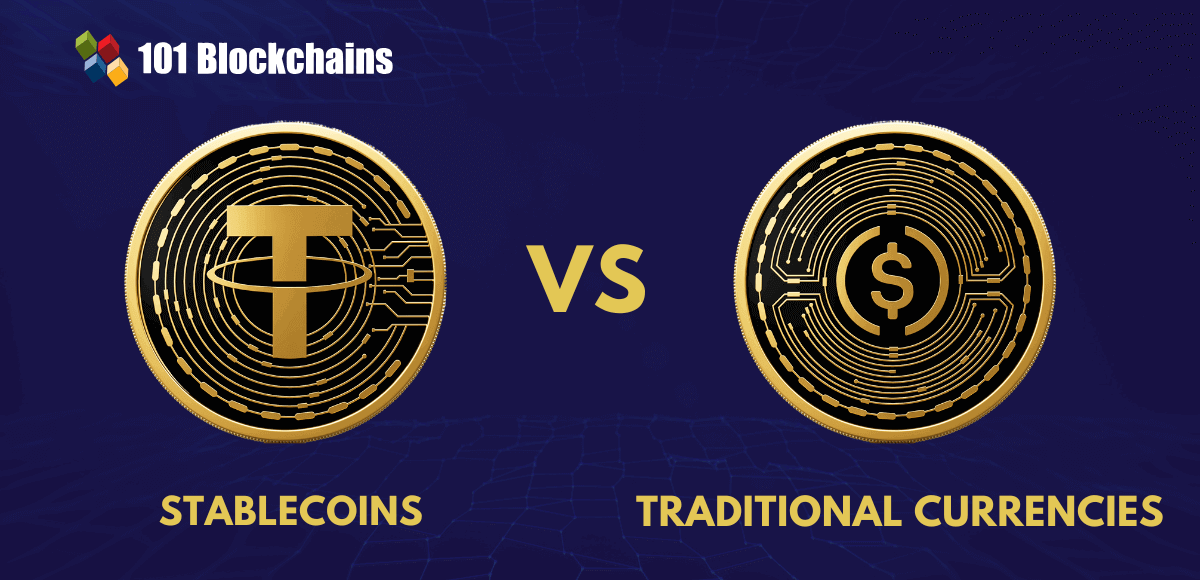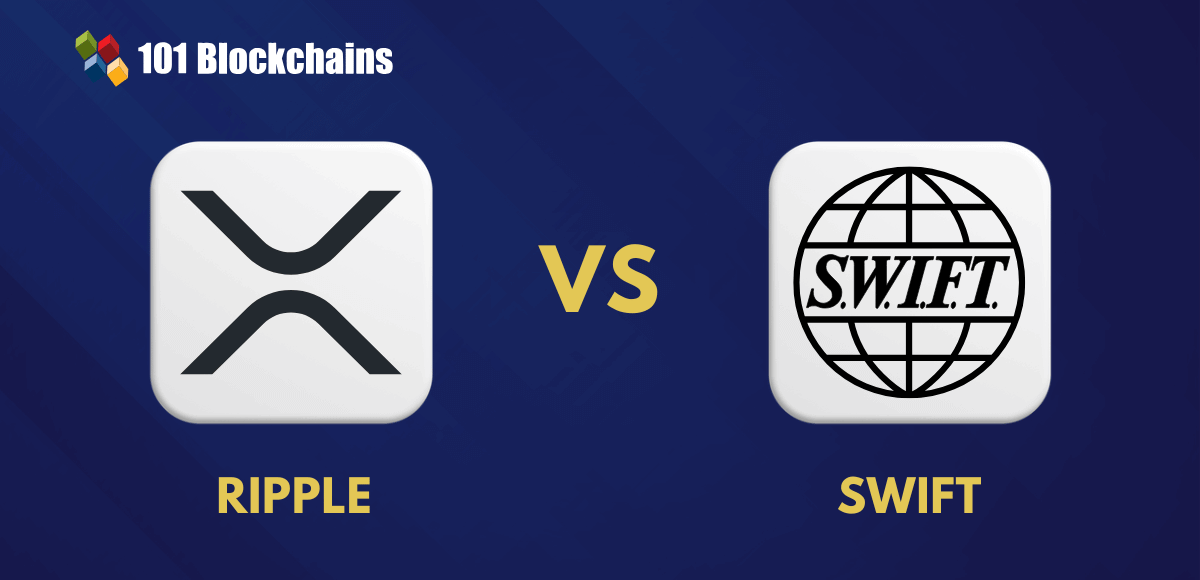Learn how blockchain truly works, master key definitions, and uncover what makes smart contracts so "smart." Dive into the fundamentals, gain valuable insights, and start your blockchain journey today!

- Comparisons
Hasib Anwar
- on June 10, 2021
Blockchain vs Linked List: Is Blockchain a Linked List?
This article answers the describes fundamentals of blockchain technology and linked list. Also, it points out the core differences between blockchain vs linked list.
Let’s start with a question — How does blockchain technology work? Basically, a blockchain is a series of blocks containing data and which has a hash number and a hash number of the previous block.
On a technical level, you can say the same thing about a linked list! It is a type of data structure that ‘stores data’. That being said, what are the main differences between these two types of data-storing tools?
For those who are not so adept in the language of computer science, terms like data structure would hold no meaning. It’s quite normal for people who don’t have primary knowledge of computer science.
Build your identity as a certified blockchain expert with 101 Blockchains’ Blockchain Certifications designed to provide enhanced career prospects.
What is a Linked List?
A linked list is a linear way to organize and store data where every single element represents a different object. You could call it a series of data of various types. In computer science’s language, a linked list is a data structure.
In a linked list there is a sequence. Each data element has a “pointer” assigned. Meaning, you could always trace the previous node of the list. Thus, the whole list works like a chain. By following the hash number, you could even reach the genesis node.
There is an interesting fact about it, you can find the parent node linking in the blockchain technology too. This is a key feature that makes the blockchains immutable. Once it is designed, it’s done!
What is Blockchain and How Is Blockchain Similar to a Linked List?
You must be already getting the idea of how these two have some noticeable similarities. The blockchain data structure can easily be said to be a linked list. While the linked list has the pointer function, the blockchain has the hash function. Each block in the blockchain has a unique hash number as well as the hash number of the previous block or the parent block.
Both blockchain and linked list adopt the same technology. They both have a genesis block that doesn’t have a previous hash number. So yes, blockchain does actually share a few characteristics of a linked list data structure. You can check out the core blockchain features to learn more about the technology.
However, there are some fundamental differences between these two technologies, as well.
Start your blockchain journey Now with the Enterprise Blockchains Fundamentals
Blockchain vs Linked List: What are the Key Differences?
The first and foremost clash of blockchain vs linked list is that a blockchain has a hash function to identify the ancestor of a particular block. Whereas a linked list does the same function using a pointer function. Learn more about hashing in cryptography here. Also, if you want a more comprehensive knowledge, this detailed guide on cryptographic hashing should give you a vivid idea of how does hashing work.
Again, a blockchain is way more complicated in terms of structure. A linked list is a linear way of arranging and storing data.
Blockchains, for example, have Merkle Trees to store transactions and all the data related to the transactions. Moreover, these Merkle trees (or blocks) have a link to their parent hash with the unique hash number.
Moreover, a blockchain has some unique features. For instance, a blockchain is a decentralized, distributed, and autonomous digital ledger that can have numerous applications in our practical life. Data manipulation and tampering are nearly impossible as the system of the blockchain will allow it in sense. While on the other hand, a linked list is a simple way of structuring data.
How does the blockchain eliminate the risk of cyber-attacks?
Well, the copy of blockchains is distributed among the users within the network. So, everyone in the node is working as a validator. If someone tries to tamper with one copy, it will not sync with other ones. The other node will simply reject the unusual change. That’s how blockchain security safeguards against cyber-attacks and hackers.
A blockchain has the potential to create decentralized apps, decentralized organizations, a smart economy, and many more. Maybe the key definition of how blockchain functions raised the question of it being similar to the linked list.
Conclusions
So, that was a brief summary of the blockchain vs linked list debate.
Is blockchain a linked list?
NO!
A blockchain does possess some key characteristics of a linked list. But that’s it, essentially it is much more complex and has way more functionality. A linked list doesn’t have data validators who will safeguard the integrity of the linked list. Blockchain, on the other hand, is a fully functioning autonomous system.
*Disclaimer: The article should not be taken as, and is not intended to provide any investment advice. Claims made in this article do not constitute investment advice and should not be taken as such. 101 Blockchains shall not be responsible for any loss sustained by any person who relies on this article. Do your own research!





